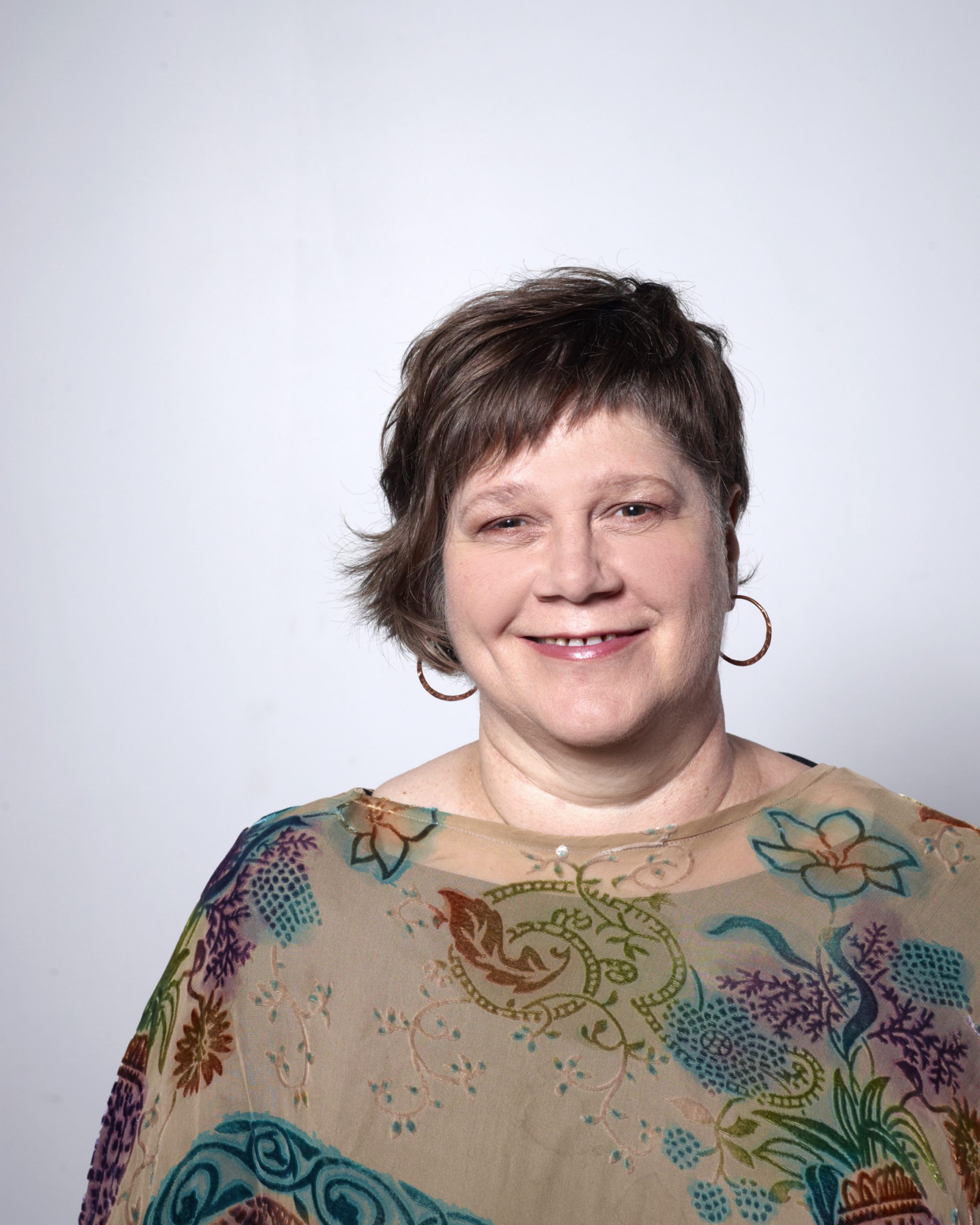
Listen to the podcast here
Kata As A Tool
Hey everybody, I’m super excited to be here with you today. And I want to talk to you a little bit about a continuous improvement tool that I use called an experiment kata.
A kata, it’s a Japanese word, and it means form. And it’s talking about a choreographed pattern of martial arts movements that can be practiced alone. So you’re practicing these in martial arts alone so that you can learn how to move your body, you’re doing it on a regular cadence, and that cadence increases your skill.

And so, in knowledge work, we have some continuous improvement questions that we can ask. So we actually sort of, in a regular way, drilling our brain to think about the work that we do, and the kata, so I call it an experiment kata because you’re going to try some experiments.
And so the first question is, there are five questions that make up the base of the kata. And I just want to say right now, if you send an email to melanie@experimentalleader.com, I will happily send you a card, a kata card that you can keep on your desk to keep track of these, I’d love to send you that. And that kata card might be really useful. So just send me an email, and I’ll send you that kata card.
But the first question is, what’s the end state that you want to achieve? So this question is really important because if you don’t know what you’re going for, it’s really hard to improve. So the other way to think about this would be like a target condition. What are you shooting for? And you want that to be like, you know, a year out? Six months out, getting that timeline, right is a little tricky in the beginning. But if you can get that right, it will really help you.
And then the second question is to dive into your current reality. What’s your current reality right now? What’s happening now?
And then if you think about the third question is, what are the obstacles that are keeping you from reaching your desired end state? what’s in your way and make a list of those?
And then the next question is, which obstacle do you want to work on right now? And that means like, in the experiment that you’re doing, which obstacle Are you going to work on right now? What are you going to try?
And then you can ask yourself, what do you expect about that? What do you expect will happen when you do that experiment, and then you want to set a timeline for it. And the timeline is when you’re going to go and see what you’ve learned? When will you observe and think about your next experiment? So I always recommend it, it’s super important to get the timeline right on that part, and you want to make sure you get the timeline to be I usually say either 24 hours or seven days, like those, are two really good cadences.
Anything else, you’re probably doing too big of an experiment. And if you do too big of an experiment, you won’t learn as much, you’re probably not prototyping enough. And you’re probably biting off more than you can chew from a data collection piece. And it might become a multi-variable experiment.
So think of your biggest challenge and walk yourself through these questions. And then figure out when you’re going to look again, what you’re going to try next and then figure out when you’re going to go back and see what you’ve learned. And then you figure out your next experiment.
 You can read more about this in my book, the experimental leader which you can get from here Experiment Kata Card and we can send you a link to get that book. Or you can get it on Amazon or anywhere books are sold.
You can read more about this in my book, the experimental leader which you can get from here Experiment Kata Card and we can send you a link to get that book. Or you can get it on Amazon or anywhere books are sold.
And, and it will talk about experimenting more, and it will talk about it’ll layout the experiment kata in more detail as well. I hope that you guys have a great week. Go experiment.
Love the show? Subscribe, rate, review, and share!
Join The Experimental Leader community today:






Leave a Comment